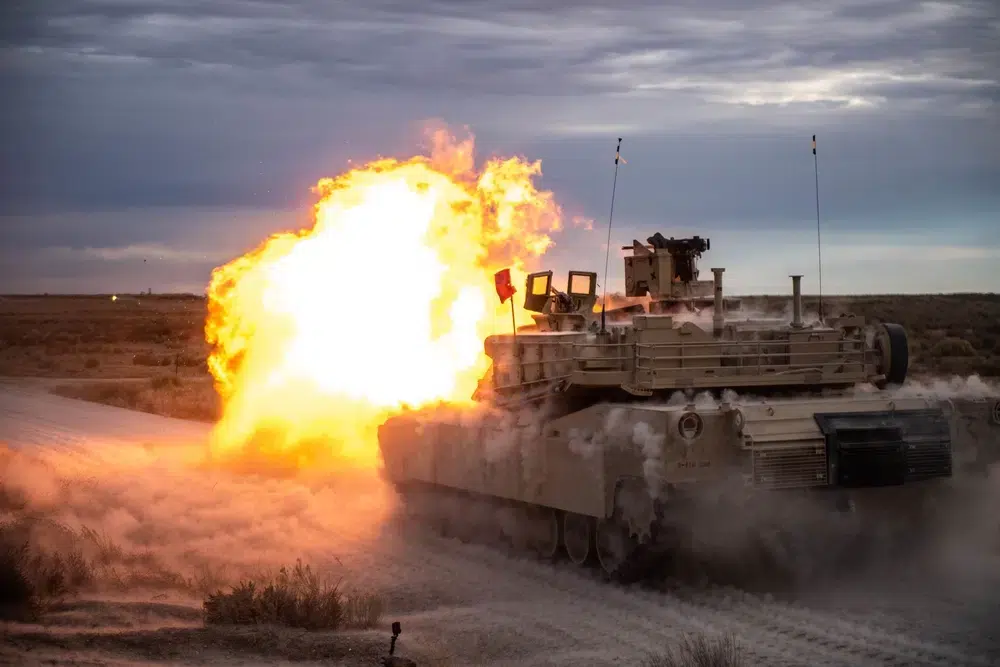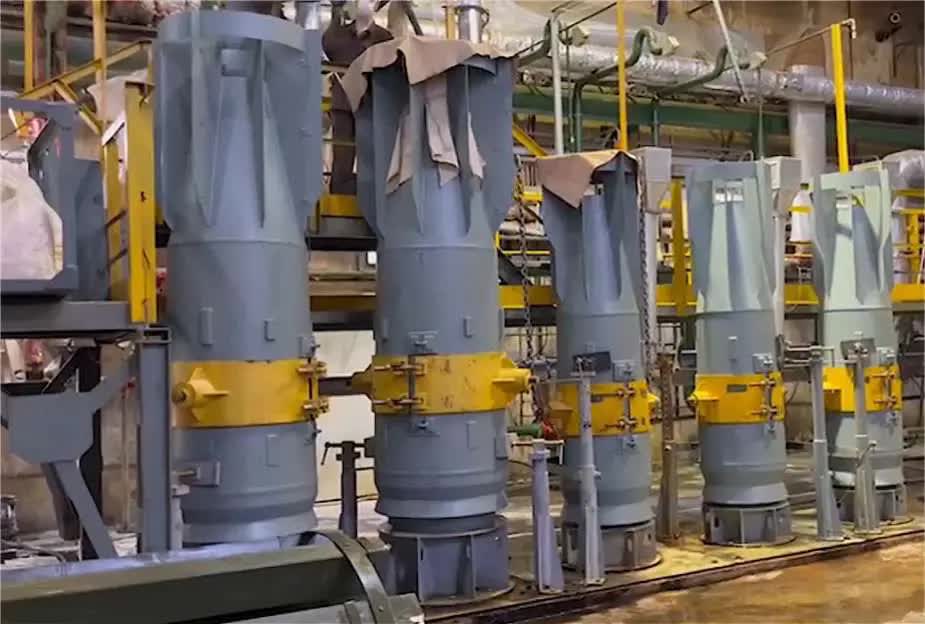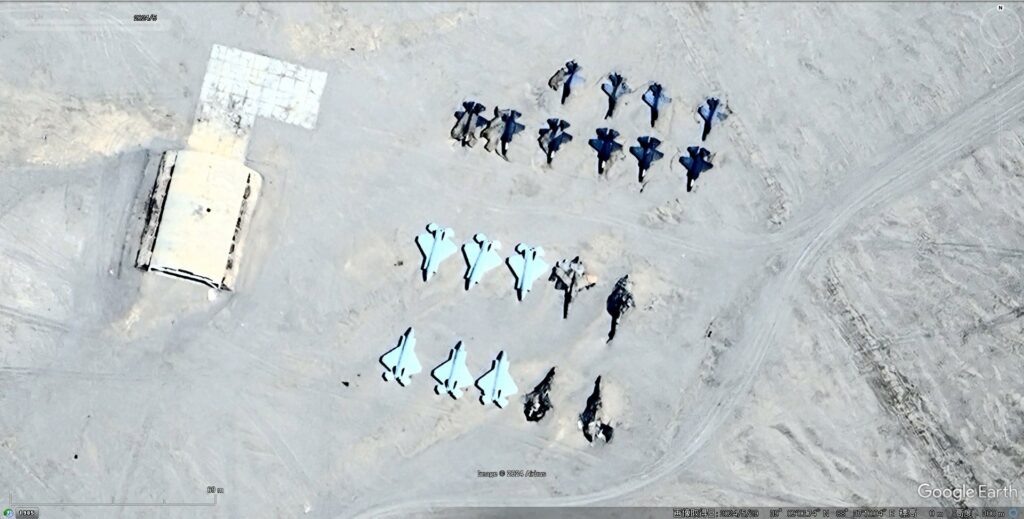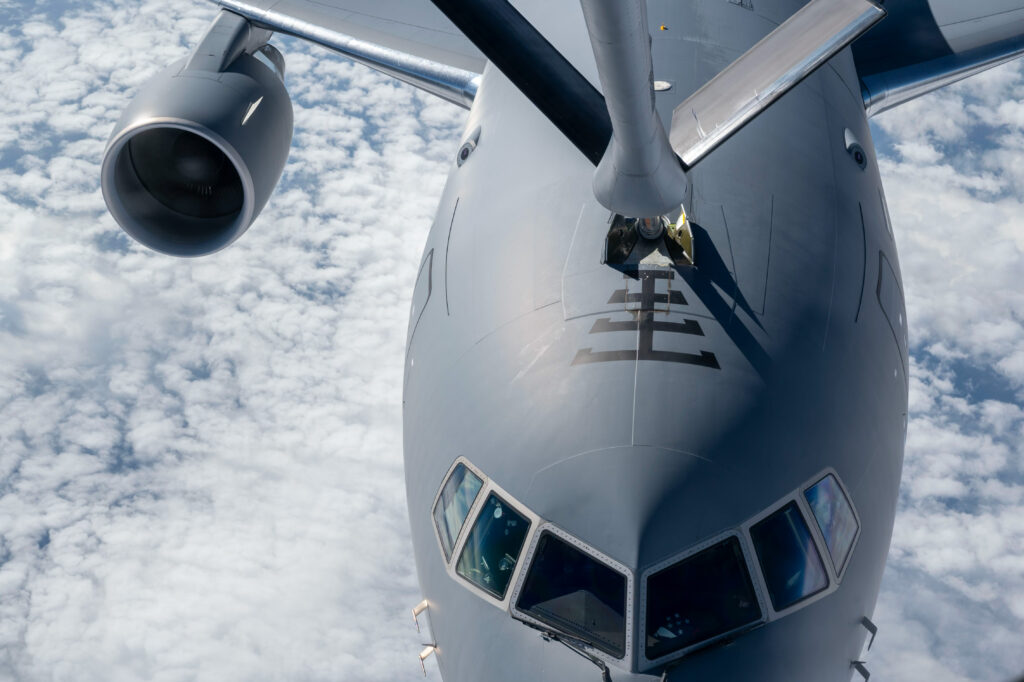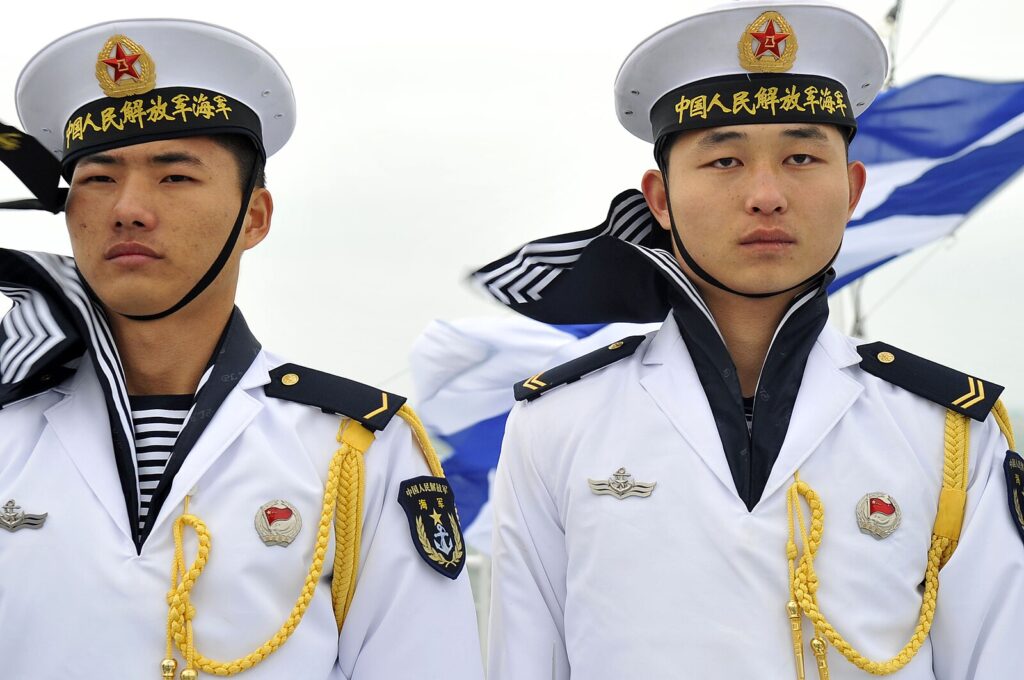Main battle tanks are playing an important role in the war in Ukraine, and although there have been no major tank battles, as in wars past, both sides have relied on tanks to enable their large-scale offensives or ensure the success of their defensive efforts.
Events from the ground in Ukraine substantiate the efforts of many militaries to improve their tank arsenals.
Upcoming tanks to watch out for
Many countries are developing or looking to develop a next-generation main battle tank for the conflicts of the future.
The United States military is working on the M1A3 Abrams, ditching an updated version of the M1A2 for a new, more advanced tank. Across the pond, the United Kingdom is planning to replace the aging Challenger 2 with Challenger 3. In mainland Europe, France and Germany have joined hands in the Main Ground Combat System (MGCS) program to replace their Leclerc and Leopard 2 main battle tanks.
Farther to the east, Russia has the T-14 Armata, touted by Moscow to be one of the best tanks in the world. However, the weapon system is problematic and prone to malfunctions. The Russian military only has a handful of T-14 Armatas available, some of which may have seen some small-scale action in the war in Ukraine. China is also working on a new main battle tank in an attempt to enter the fourth generation of tanks and replace its old Type 99 machines.
The M1A3 Abrams
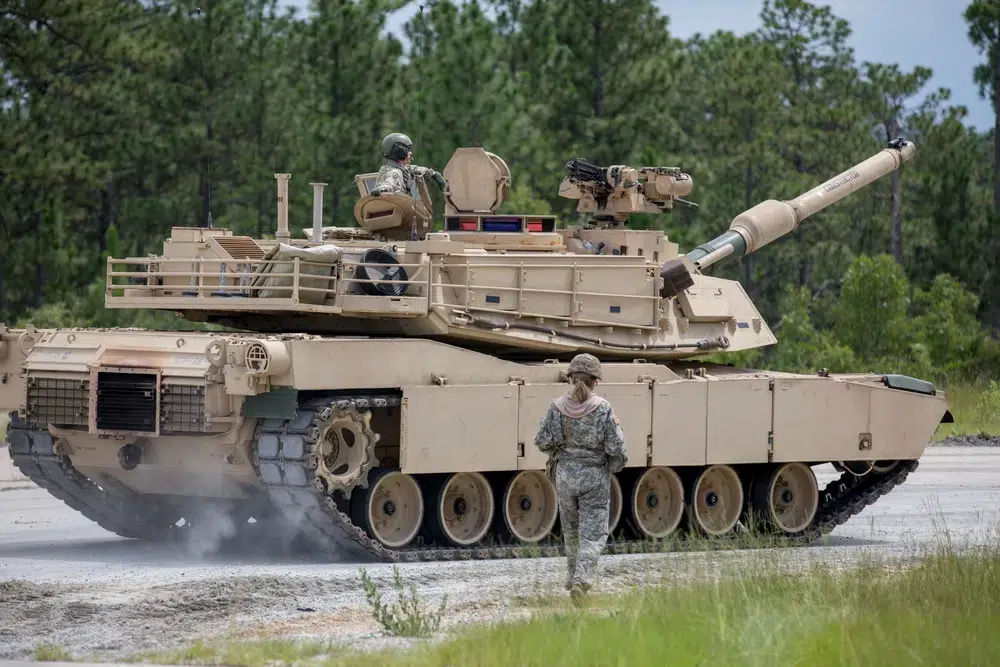
In September, the U.S. Army surprised many with its decision to scuttle the System Enhancement Package version 4 (SEPv4), which was intended to upgrade the M1A2 Abrams, and move forward with the development, testing, and production of the M1A3 Abrams.
The decision to shift from updating the older tank to developing a new one came after years of testing, research, feedback from operators, and technological advancements. The new tank will incorporate any worthy updates from the SEPv4 and add more. Currently, the Army calls the project M1E3, but once it is finished, it will become the M1A3 Abrams.
One of the M1A3’s great advantages is that it will have a modular design that will allow new technology to be incorporated quickly and cleanly into operational vehicles. So, let’s say in the future the industry develops a new improved defense system. With its modular design, it will be easier to update existing M1A3s instead of starting a new upgrade package.
Related: Watch: Ukrainian M2 Bradleys take out advanced Russian T-90 tank
“Future battlefields pose new challenges to the tank as we study recent and ongoing conflicts,” Brigadier Gen. Geoffrey Norman, director of the Next-Generation Combat Vehicle Cross Functional Team said in a press release. “We must optimize the Abrams’ mobility and survivability to allow the tank to continue to close with and destroy the enemy as the apex predator on future battlefields.”
Army officials highlight that the current design can’t longer grow its capabilities without becoming unreasonably heavy. And in this struggle between capabilities and logistics, the latter will always have an advantage.
When it comes to capabilities, the Army hasn’t revealed what exactly the M1A3 will bring to the table. However, it is likely that the new combat vehicle will include features outlined in a 2019 Army Science Board Study and included in the General Dynamics Land Systems Abrams X technology demonstrators that were unveiled in 2022. Some of these features include a hybrid electric drive, an autoloader and new main gun, advanced munitions, such as maneuvering hypersonic and gun-launched anti-tank guided missiles, integrated armor protection, improved command, control, and networking capabilities, artificial intelligence (AI) applications, ability to pair with robotic vehicles, masking capabilities to reduce the vehicle’s thermal and electromagnetic signature, reduced weight, hybrid electric diesel engine 50 percent more fuel efficient than the current Abrams, unmanned turret which would reduce the crew from four to three soldiers, and enhanced anti-drone technology.
The Army expects to reach initial operating capability by the early 2030s.
The UK’s Challenger 3
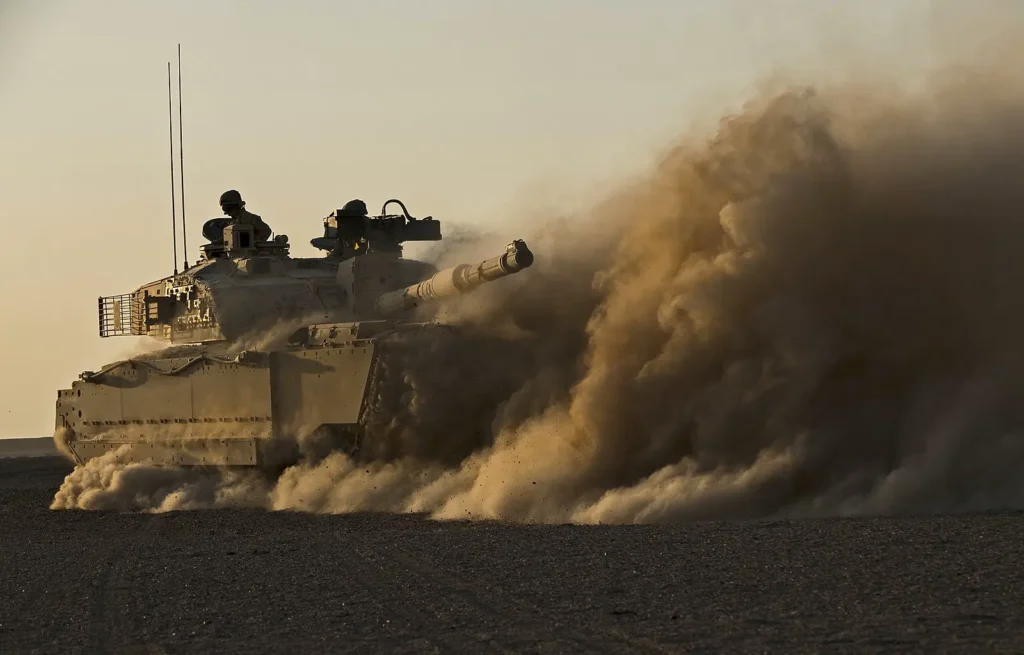
The United Kingdom was the first to commit main battle tanks to Ukraine with the Challenger 2 serving in Ukrainian hands in the fight against Russian aggression. But London has been working on its next-generation replacement for some years now.
In terms of capabilities, the Challenger 3 main battle tank “will be a 24-hour, all-weather tank” with day and night sights for the commander and gunners, a 120mm L55A1 smoothbore main battle gun capable of firing conventional and special munitions, improved tactical communications, more protection for the turret and the hull, advanced hydro gas suspension, a better engine, and increased electrical power and GA electronic architecture with growth potential. The tank will weigh 66 tonnes and have a crew of four men.
The British military has finished the critical design review and is now working on producing a number of prototypes to test the design and technology. The goal is to have the first tanks by 2027 and a full operating capability by 2030.
Related: The Tankette – The most adorable tank ever created
The Franco-German Main Ground Combat System
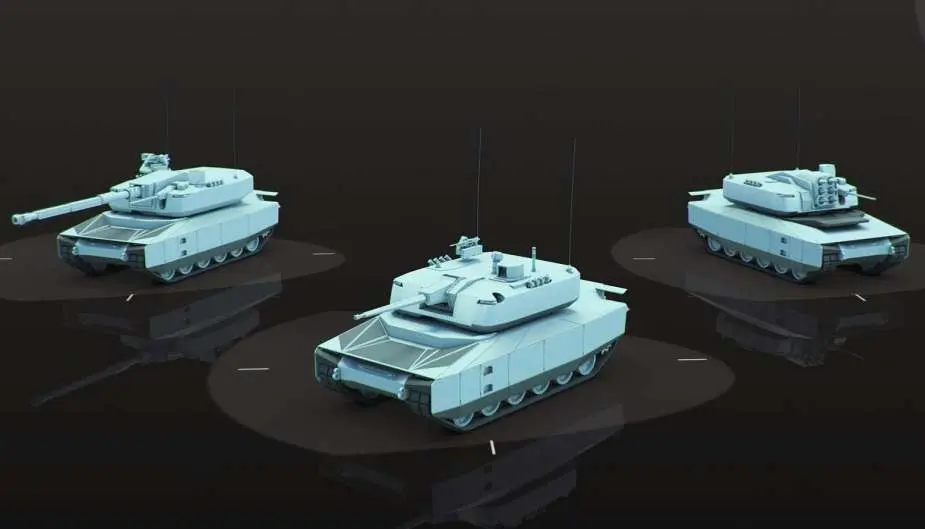
With Paris leading the way, France and Germany have been working on joint defense programs, including the Main Ground Combat System, or MGCS.
Like other future weapon systems in this list, not a lot is known about the main battle tank the MGCS is looking to produce. Similarly to the M1A3 Abrams, according to French officials, the Franco-German tank will come in a modular design that will include both manned and unmanned options. It will, however, maintain its classic fire capability with a main gun but add other novel technology, including electromagnetic weapon systems, laser weapons, and electronic warfare capabilities.
In terms of defense, the MGCS tank will have reactive defense capabilities, organic drones, artificial intelligence for target identification, as well as cyber defense capabilities.
“The technological breakthroughs are going to be brutal,” French Defense Minister Sebastien Lecornu has said.
When it comes to timeline, the MGCS is the one furthest into the future with an expected operational capability sometime between 2040 and 2045.
